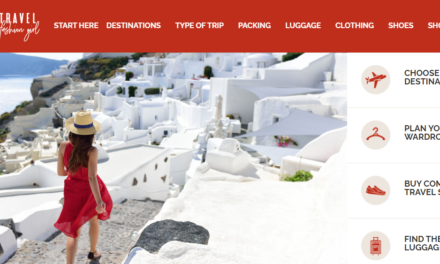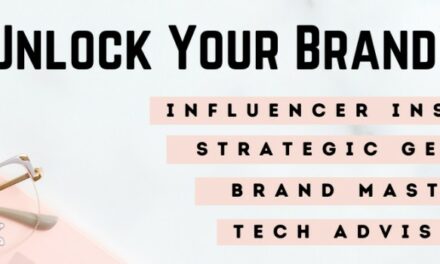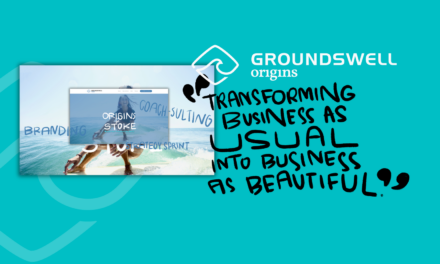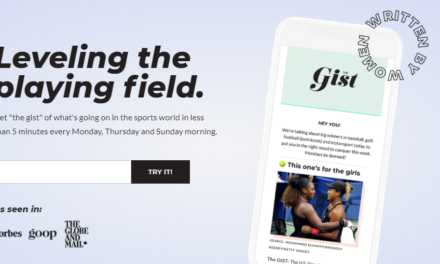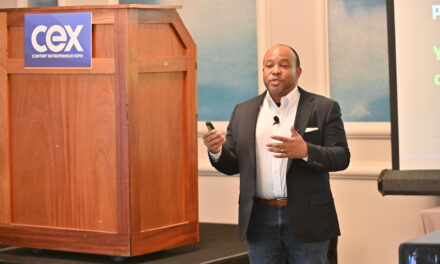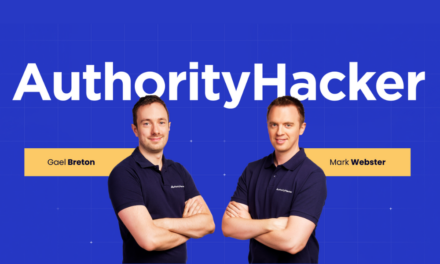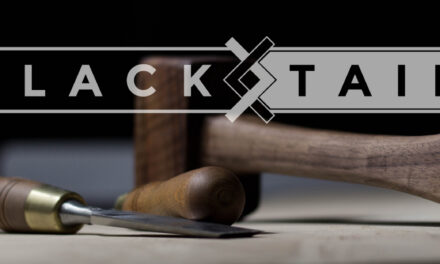When you profit from your public image, it’s important to keep a few things sacred. Advertising space on your Instagram feed is worth good money. Your mental health may be threatened by bystander opinions. And your worth may even be questioned by brands who don’t have a budget for quality content.
Anna Russett knows all about that. She has been monetizing her social media platforms and personality since 2013. She continues to do so even after taking on a full-time career as a product specialist on the platform where she got her start – YouTube.
She found inspiration to create content when she grew up in Indiana. She saw YouTube as a platform full of big personalities with something to say – a refreshing change from her small-town life. Anna built her YouTube account to over 80K and shifted her audience to Instagram, where she now shares most aspects of her daily routine – good and bad – with her 157,000 followers. What’s unique about her audience? They’re obsessed with her honesty.
Be your self
From job shifts to mental health, Anna doesn’t shy away from the heavy topics, and her blunt and open nature attracts followers who truly relate. Authenticity is the heart of Anna’s message and what she hopes to see more of online in the coming years.
“A lot of people try to follow a formula thinking, ‘I’m going to pose the same way as all of these other girls and guys who have these followers. I’m going to follow a content calendar that’s exactly like all of these other people,’” Anna says.
“What we’re really in need of online is personalities that are authentic and have something to share with the world. That will help keep it interesting, too, and you’ll have a unique voice that brands will appreciate and be able to see how they would fit in with you.”
Consider the revenue options
As social media has shifted, so has monetization. YouTube has its program, which includes ads on videos uploaded by creators with more than 1,000 followers (and who meet watch-time requirements). The YouTuber gets a cut from those ads. But platforms like Instagram and TikTok have struggled to keep up with revenue-earning opportunities.
Often, to monetize content, content entrepreneurs partner with brands that they passionately support or that provide a great paycheck. But there are caveats to this method.
“Usually, people want to hit 10K to at least start to get some brand attention for being a micro-influencer,” Anna says. “Once you hit 100K, you can start making a decent amount of money. Then upwards from there.
“Hit 1 million, and you’re in a sweeter spot, although it does get difficult (with more followers.) As a micro-influencer, you have a smaller audience, but you may be viewed as more authentic. Maybe the brand will view that as more valuable.”
Anna has partnered with brands, including Nike, Coca-Cola, Hardee’s, Capital One, L’Oreal, and the Girl Scouts.
Through a partnership with TalkSpace, Anna explains her experience with online therapy in this Instagram Reel. (Catch the intro to understand how TalkSpace handles these partnerships.)
Take your time
Anna offers this advice for content creators who want to be content entrepreneurs: “(H)ave another form of income, at least when you get started so that you have more of a chance to be able to build your brand and credibility without having to take every single brand deal that comes your way.”
Anna’s counsel comes from her own experience. When she started her content business, she was working full time at an advertising agency. Later, she pursued her content business full time and what followed was a moral debate.
“Maybe I’d take jobs I was less interested in because I knew I needed the money. That would also impact my authenticity online,” she explains. “There’s this fine line between being seen as authentic and only doing the brand deals that really matter to you and being a sellout. I don’t shame anyone for doing anything like that because I understand that you need to make money, and it’s such an unstable environment.”
Innovate with your content
As content creators know, the algorithms of social media platforms change with little transparency to their users. What appears constant is that each platform – be it TikTok, Instagram, Twitch, or YouTube – urges their creators to upload unique content, not repeating the same thing on every channel. That unspoken requirement leaves innovation a leading requirement for content entrepreneurs everywhere.
While Anna’s focus is on Instagram, she also experiments on other platforms. Since mid-2019, Anna has been messing around with the TikTok algorithm. Recently, she found viral success when she uploaded a video of her mom’s cat standing on a kitchen skylight, its adorable paws front and center on the glass. It attracted over 700K views. “I started to gain followers — my mom started to gain followers because of it. And I’m thinking, ‘People are going to think I’ll post more content about this cat. It’s not even my cat,’” she says.
But Anna didn’t turn to cat content, staying on brand with the day-to-day activities and thoughts about life. Her TikTok follower count is at 661 and she has 182K likes.
Don’t forget you – the person and the brand
The value of your content brand is you, which has its positives and negatives. “My content profited off of my personality, which was a bit hard on my mental health over time,” Anna says.
But the amount of personality Anna generously shares with her followers has its benefits. “I realized the value of my advertising space on my page. It’s not even just advertising space – it’s also my equity that they’re borrowing – my personality and the trust I have with an audience that they don’t have,” she notes. “That’s worth a lot of money. I think it’s worth more, too, because I guard it.”
Follow Anna Russert on Instagram, TikTok, and YouTube.
Know a content entrepreneur we should profile? Drop a line to our editor: ann@TheTilt.com or DM on Twitter.
About the author
Kelly Wynne is a journalist and creative writer living in Chicago with her pet dachshund. She's an advocate for women's rights, mental health, and chronic illness.


